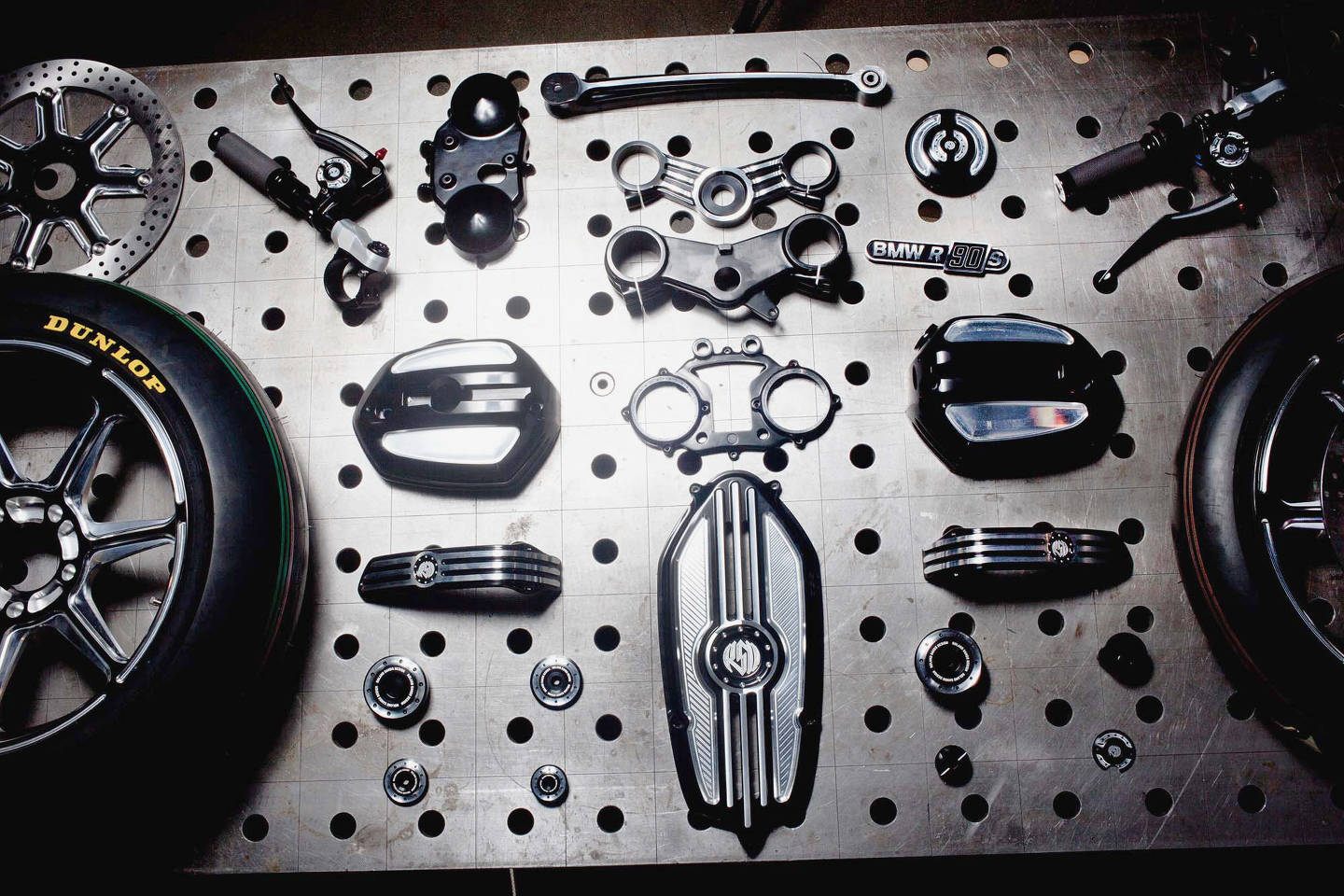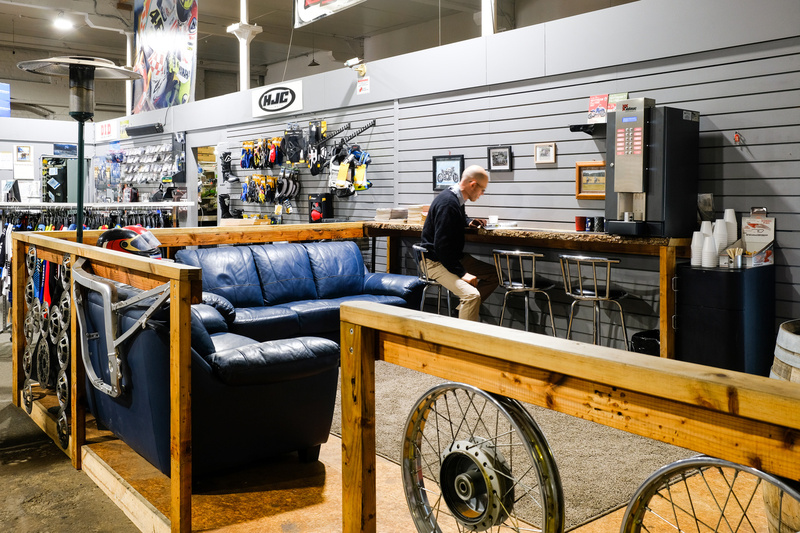Let Loose Performance with Costs Motox Parts NZ Available Right Here
Let Loose Performance with Costs Motox Parts NZ Available Right Here
Blog Article
Comprehending the Crucial Components of a Motorcycle: A Comprehensive Overview for Lovers
For motorcycle lovers looking to raise their riding experience and ensure their bikes run efficiently, understanding the crucial components of a motorbike is paramount. Each aspect, from the engine's intricate functions to the critical function of the braking systems, not only impacts efficiency but additionally safety and convenience.
Engine Components

The camshaft plays a crucial function in managing the timing of the engine's valves, making certain the accurate opening and closing needed for reliable gas and air intake, along with exhaust expulsion. This timing is important to preserving ideal engine performance and efficiency. Furthermore, the carburetor or gas injection system, relying on the bike design, is accountable for mixing air with fuel in the correct proportion for burning.
The cooling system, either air or liquid-based, works to maintain the engine's temperature within operational restrictions, avoiding overheating and making sure longevity - motorbike shop. Each part, diligently developed and incorporated, adds to the smooth procedure of the engine, defining the motorcycle's power outcome and total performance
Transmission System
Important to the bike's functionality, the transmission system guarantees efficient power transfer from the engine to the wheels. This system consists of a number of vital components, including the clutch, transmission, and last drive, each playing an essential function in translating the engine's power right into motion. The clutch, typically operated by a hand bar, serves to engage and disengage the engine from the transmission, enabling smooth equipment modifications and regulated acceleration.
The transmission, commonly referred to as the transmission correct, contains a set of gears that motorcyclists can by hand shift through to adjust the bike's rate and torque output. These equipments are set up in a sequence that enables the motorcycle to accelerate smoothly and preserve optimal engine performance throughout numerous rates. Most bikes use a sequential gearbox, needing the motorcyclist to move gears in an established order.
Braking Mechanisms
While recognizing the transmission system is crucial to taking advantage of a bike's power, just as important is the capacity to regulate and quit that power efficiently, which is where braking devices enter play. Brakes are important for security and performance, providing the motorcyclist with the needed control to navigate various surfaces and problems. Normally, motorbikes feature two kinds of stopping systems: disc brakes and drum brakes.
Disc brakes are extra common in modern motorbikes due to their superior efficiency. They include a brake disc, caliper, and pads. When turned on, the caliper squeezes the brake pads against the rotating disc, converting kinetic power into heat, therefore slowing down the wheel. This system supplies much better warmth dissipation, constant efficiency, and improved quiting power, particularly in wet conditions.
Alternatively, drum brakes, though less typical, are still located in some motorcycles. They work by pressing brake shoes against the internal surface area of a drum connected to the wheel. While usually much less effective in warm dissipation and quiting power, drum brakes are easier and much more affordable.
Recognizing these stopping systems' subtleties allows riders to preserve their motorbikes correctly and value the engineering that guarantees secure and reliable quiting.
Suspension and Guiding
Suspension and steering systems are essential parts that considerably affect a motorcycle's handling and trip comfort. The shock absorber, being composed of forks at the front and shock absorbers at the back, soaks up road irregularities, enhancing stability and control. Front forks, upside down or generally telescopic, compress and rebound to reduce influences, while back shock absorbers keep tire call with the roadway, crucial for traction and security.
Steering, focused around the handlebars, attaches the rider to the motorcycle's directional control. The guiding head bearings ensure smooth operation, enabling accurate maneuverability. Appropriate positioning and maintenance of these bearings are vital for foreseeable steering reaction their explanation and minimizing motorcyclist exhaustion.
The suspension's adjustability is an additional essential aspect; preload, damping, and rebound setups permit modification to suit numerous riding designs and problems. This flexibility is necessary for enhancing performance, whether navigating metropolitan roads or dealing with rugged tracks. Developments like electronic shock absorber offer real-time modifications, enhancing trip top quality throughout diverse terrains.

Electric Systems
After making go to this website sure a smooth and regulated adventure through reliable suspension and steering systems, interest turns to the electric systems, a crucial element of modern motorbikes. These systems play a critical function not just in starting the engine yet additionally in powering numerous elements that boost the capability and safety of the motorbike.
At the heart of a bike's electrical system is the battery, which shops electric power necessary for beginning the engine and powering supporting systems - motocross parts nz. The alternator or generator, combined with the rectifier-regulator, makes certain the battery remains billed while the bike is in operation, converting power right into electrical energy and maintaining voltage levels
The ignition system, another vital part, is accountable for igniting the air-fuel mix in the engine's cylinders. Modern motorbikes commonly use a digital ignition system, supplying higher efficiency and reliability contrasted to standard systems.
Lights systems, consisting of headlights, tail lights, and signs, are also important, making sure exposure and security for the motorcyclist. Extra electronic elements such as sensing units, control systems, and presents add to innovative functions like gas injection administration, anti-lock stopping systems (ABDOMINAL), and digital dashboards, even more improving the riding experience.
Verdict
A thorough understanding of a motorbike's vital components, consisting of the engine, transmission system, braking systems, suspension, steering, and electric systems, is vital for fanatics aiming to optimize convenience, efficiency, and security. Proficiency of these elements permits notified decisions pertaining to maintenance and upgrades, inevitably improving the riding experience. By integrating this understanding, cyclists can ensure their motorbikes run at peak performance and reliability, off road motorcycle boots consequently optimizing both pleasure and longevity of their lorries.
For motorcycle fanatics looking to elevate their riding experience and ensure their bikes run efficiently, recognizing the essential parts of a motorcycle is vital.Indispensable to the bike's capability, the transmission system ensures effective power transfer from the engine to the wheels.While recognizing the transmission system is vital to using a motorbike's power, equally important is the ability to manage and stop that power properly, which is where braking mechanisms come into play. Typically, motorbikes include 2 kinds of stopping systems: disc brakes and drum brakes.
A thorough comprehension of a motorcycle's vital elements, consisting of the engine, transmission system, stopping mechanisms, suspension, steering, and electric systems, is indispensable for fanatics intending to enhance convenience, safety, and efficiency.
Report this page